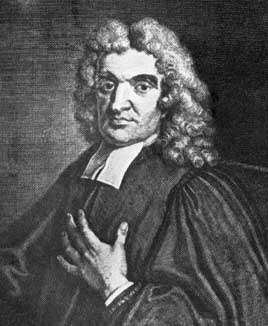
 |
| |
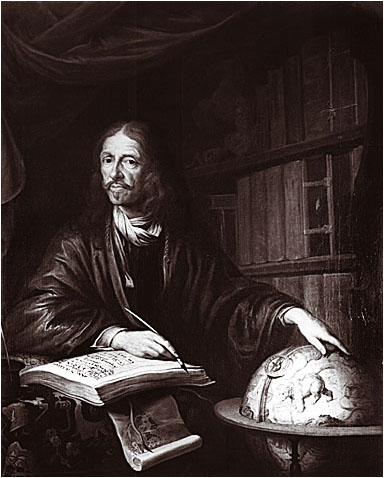 |
| |
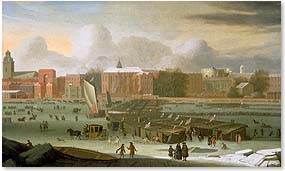 |
| by Abraham Hondius (1625-1695) |
The Maunder minimum also coincided in time with an period of very cold weather in Western Europe (and maybe all over the world). This era is often called the "Little Ice Age".
During this time it got so cold that rivers and lakes that were normally ice-free froze over and the snow did not melt all year round even at low latitudes. In the middle of
the 17th century temperatures dropped so low that the Baltic sea and the Thames River froze over regularly. The ice on the Thames in London was so thick that people organized
winter festivals with skating parties and carnivals on the river. One of these festivals on the Thames was painted by the Dutch painter Abraham Hondius in December 1676.
Paintings by other Dutch artists, like Jacob van Ruisdael (1603-1677) and Aert van der Neer (1628-1682), also show how cold the climate must have been, since in these pictures
the canals and rivers are always frozen and the landscapes are covered in deep snow.
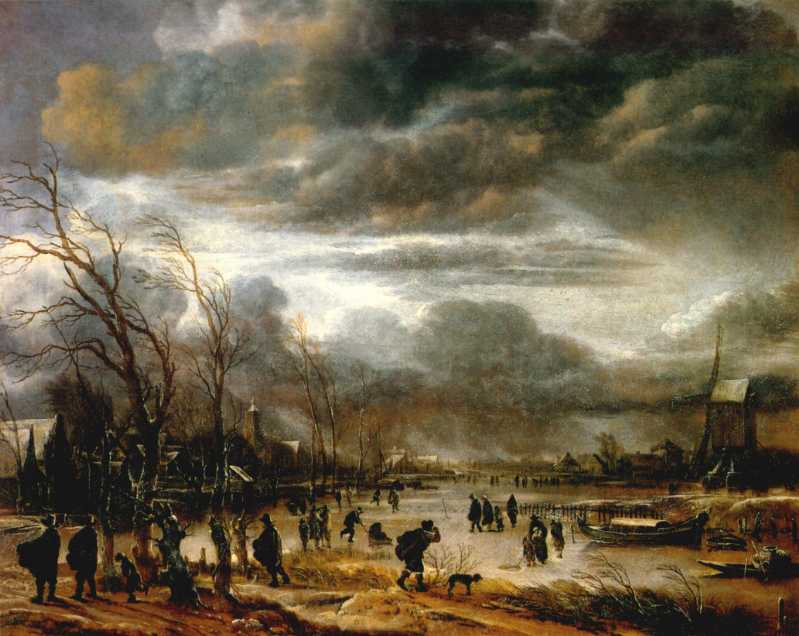 |
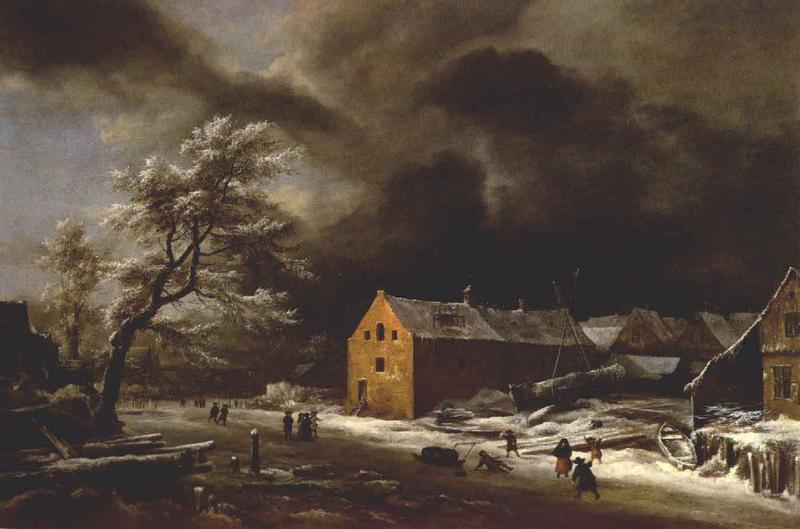 |
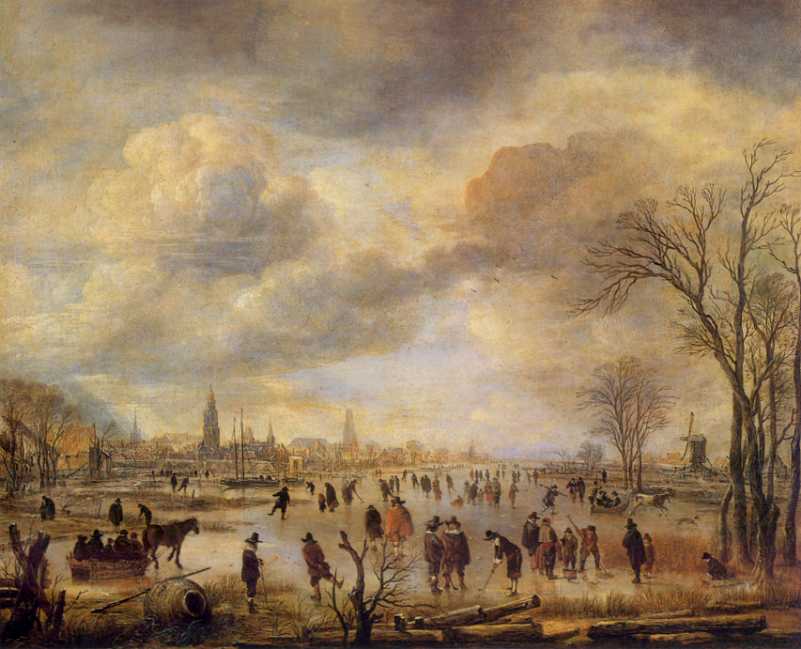 |
| Aert van der Neer (1603-1677) |
Jacob van Ruisdael (1628-1682) |
Aert can der Neer (1603-1677) |
Because of this close correspondence between the Maunder Minimum and the "Little Ice Age" scientists are speculating that there is a connection between the number of sunspots visible on the solar surface and the climate. According to these scientists, we get a cold climate if there are very few sunspots and a warm climate if there are lots of sunspots. Since sunspots are regions of strong magnetic field, we can also say that the climate becomes warmer if the sun produces lots of magnetic fields and that it becomes colder if the Sun produces only small amounts of magnetic field.
Whether this connection between the solar magnetic activity and the climate holds true is actually still not quite clear and it is an area of on-going research. However, scientists were able to discover more of these minima during which the Sun only produced small amounts of magnetic fields. Apart from the Maunder Minimum the most recent are: